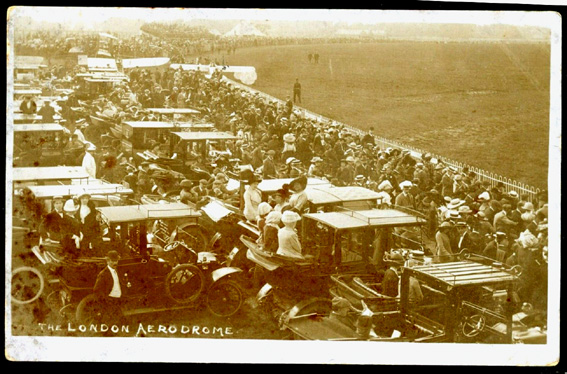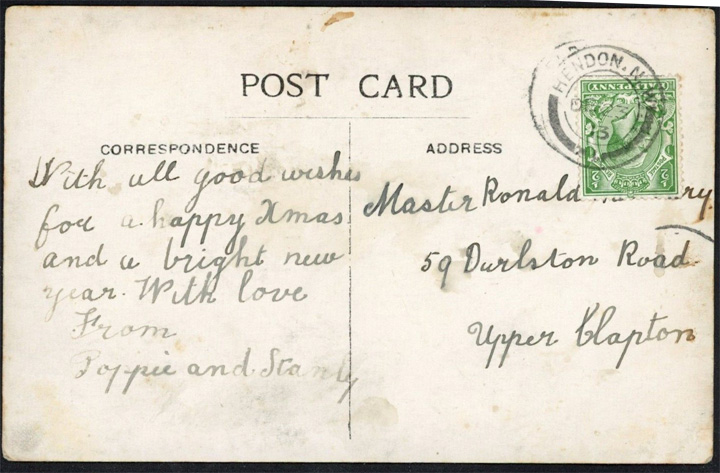|
Part 1. An Outline History |
|
Although not the first
'Airport of London' (that was Hendon, proven as far back as 1910).
The airport at Croydon became the largest
in London and the main terminal for international air freight
into the capital from 1920 until 1939. It all began during World
War1 in December 1915, as an airfield for protection against
Zeppelins by the name of 'The Government Air Operations Field
Beddington', and developing into one of the great civilian airports
of the world during the 1920s and 1930s. first under the name
of 'Waddon Aerodrome', and soon after as 'Croydon' ( The London
Terminal Aerodrome), and finaly as 'Croydon Airport'. It welcomed
the world's pioneer aviators in its heyday. Croydon was the operating
base for Imperial Airways, the first large Government airline.
The RAF took it over during WW2 as part of 'Sector B', It was
partly due to the airport that Croydon suffered heavy bomb damage
during World War II. It was passed back to Civil use in 1946,
and it's name changed to Croydon Airport. As aviation technology
progressed, and aircraft became larger and more numerous, it
was recognised in 1949 that the airport would be too small, and
the decision was finally made in 1952 that because it had had
no further room for expansion to cope with the ever-increasing
volume of air traffic it would be closed. The last scheduled
flight departed on the 30th of September 1959. Apart from two
anniversary airshows in the 1980's, and a couple of individual
'fly in's', the airfield has not been used since. It has since
been superseded as the main airport by London Heathrow, London
Gatwick, London Central and London Stanstead. The air terminal,
now known as Airport House, has been restored and has a hotel
and museum in it. |
|
It is
perhaps appropriate at this time to point out that Croydon was
not the first airport-aerodrome of London. There were several
contenders before 1919. Hendon and 'The London Air Park' at Fetham
being the main ones, but it is Hendon that we have proof of as
far back as 1910. Below is a Post Card to Bath from Hendon 'The
London Aerodrome' dated the 28th of May 1912 (according to the
postmark not the printed reference of the 24th of May). |
|
Click
Here |
|
For a link to
the London Aerodrome. Hendon |
|
 |
|
|
(below) London Aerodrome Hendon card posted 1913, Picture
is of it's 1910 Flying Show. |
 |
 |
|
|
Croydon
Airport First Claims (Some are disputed) |
|
The first 'UK International
Airport' (disputed) |
|
The oldest 'Air Traffic
Control' tower (disputed) |
|
First 'Air Traffic Control'
to use speech instead of morse code |
|
Introduced 'Mayday' as
a distress call |
|
First 'night landing light
system' (disputed) |
|
First UK flight 'Customs'
(disputed) |
|
First 'Charter Flight'
(disputed) |
|
First 'Departure Board' |
|
First 'Airport Hotel' |
|
'Imperial Airways' from
Croydon were the first to have 'in-flight movies' (silent) |
|
First 'Aircraft - to -
train' radio link |
|
First 'in-flight band
session' (Jack Hilton) |
|
Many 'First Airmail' links |
|
The chosen departure place
for many 'flight first's' |
|
|
|
|
From this (New Barn Farm).............................To
this (closed with a
white cross) |
|
The large cross was known
as 'Watties Cross' - after the Minister’s name. |
|
(closed picture by courtesy of Norman Rivett) |
 |

